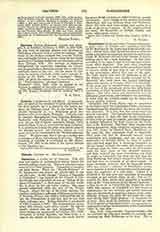

Camachus, a titular see of Armenia. This city does not appear in ecclesiastical history before the seventh century of our era. The true primitive name seems to have been Camacha. Camachus or Camache are later forms. When the “Pseudo-Ecthesis” of St. Epiphanius was drawn up (about 640), it was not yet a see. In 681 George, “Bishop of Daranalis or Camachus”, was present at the Council of Constantinople and subscribed its acts as “bishop of the clima of Daranalis”; a third name of the see, Analibla, is given by the old Latin version. The same prelate subscribed (692) the acts of the Trullan Council. About the end of the ninth century, Camachus, until then a suffragan of Sebaste (metropolis of Armenia Prima), was made a metropolitan see by Leo the Philosopher; it had five, and at onetime eight, suffragan sees. Bishop Sisinnius is mentioned in 1028 (Lequien, I, 435). The Assumptionist manuscript lists contain many other names. By the fifteenth century the see had disappeared. Three Latin titulars are mentioned by Lequien (III, 1109). Camachus is today Kemakh, the chief town of a caza in the vilayet of Erzeroum; the whole district has about 20,000 inhabitants (5000 Christians, mostly Armenians). It is a village on the western Euphrates (Kara-Sou), half way between Sivas and Erzeroum, about 135 miles from both towns, and carries on a trade in gloves and carpets. In the neighborhood are many old Byzantine or Turkish castles, and turbes (Mussulman tombs).
S. VAILHE

